Radiology Image Sharing in eHealth Benefits All
Radiology images have been included in the sharable scope of the Electronic Health Record Sharing System (eHealth) since March 2021. Authorised healthcare professionals could access relevant images via the electronic health record (eHR) viewer.
One of the major tasks under the eHealth Stage Two development is to expand the scope of sharable data and develop the technology of radiology image sharing. Currently, the Hospital Authority and St. Teresa’s Hospital (STH) have been successfully sharing radiology images to eHealth in which STH is the first private hospital to share. In the coming few years, it is expected that at least thirty other private healthcare providers will follow the path to share radiology images in eHealth.
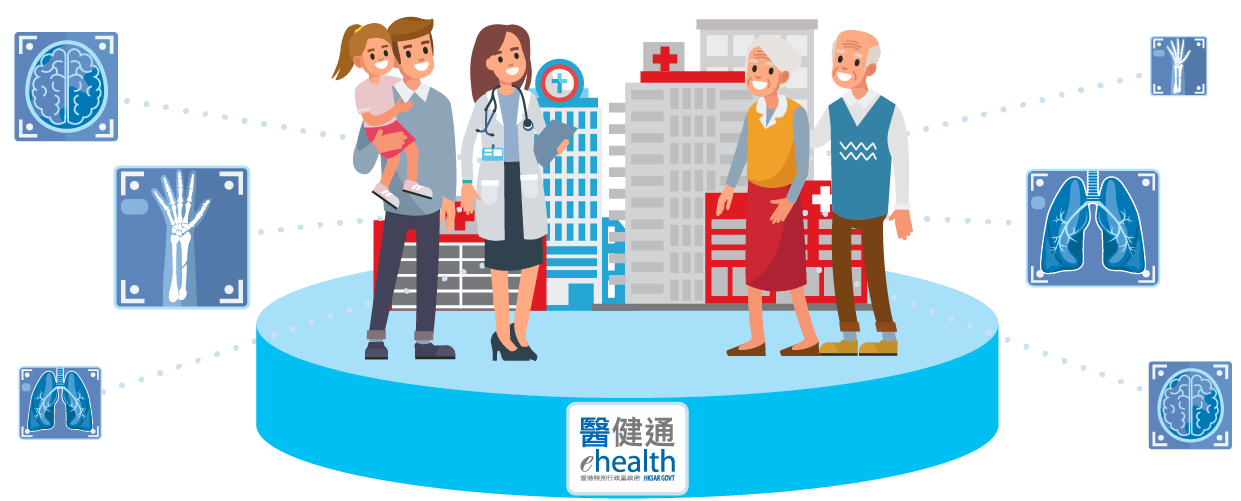
Categories of Sharable Radiology Images
Sharable radiology images can be categorised into three types: simple, advanced and fusion modalities. Simple modality generally refers to the traditional techniques for image capturing, including x-ray, fluoroscopy, ultrasound, mammography and nuclear medicine imaging etc. As for advanced modality, it generally refers to the newer techniques for image capturing, including computed tomography (CT) scan and magnetic resonance imaging (MRI) etc., where nearly a thousand images could be generated per examination. Fusion modality combines the traditional and advanced imaging techniques, including positron emission tomography-computed tomography (PET-CT) and positron emission tomography-magnetic resonance imaging (PET-MRI) scans etc.
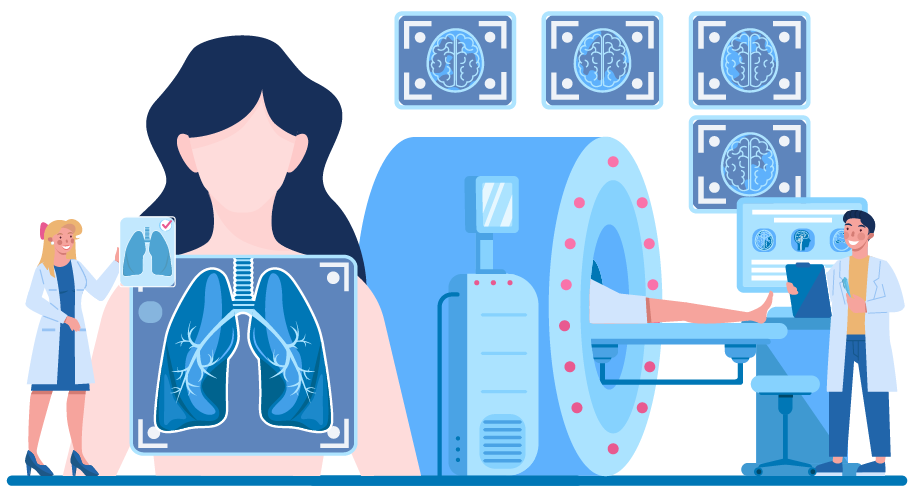
Radiology Image Sharing Brings Multi-faceted Benefits
Radiology image sharing can facilitate healthcare providers to provide medical services with higher efficiency and better quality, which in turn benefits patients as well as public and private healthcare organisations. For example, when a public hospital patient is referred to a private diagnostic imaging centre for a radiology examination, given that the radiology images along with the report are shared in eHealth, the patient no longer needs to bring the hardcopy films when attending the follow-up consultation in the public hospital. The public hospital doctor can instantly access to the radiology images in eHealth for reference in making clinical judgement and formulating treatment plan. Moreover, for a patient who has received radiology examination previously, doctor can compare the previous and the latest radiology images in eHealth so as to identify changes in the images, such as new tumor appeared, with a view to interpreting the health condition of the patient for follow-up action.
All in all, radiology image sharing enables the provision of more convenient and comprehensive medical records, avoiding repetitive or redundant radiology examinations. From patient’s perspective, it helps save examination fees and reduce the impact of radiation exposure and dose. On the other hand, it facilitates healthcare providers to offer more accurate diagnosis and treatment, hence reducing their workload and leaving more room and time for taking care other patients in need. These bring benefits to the overall efficiency and quality of medical services.
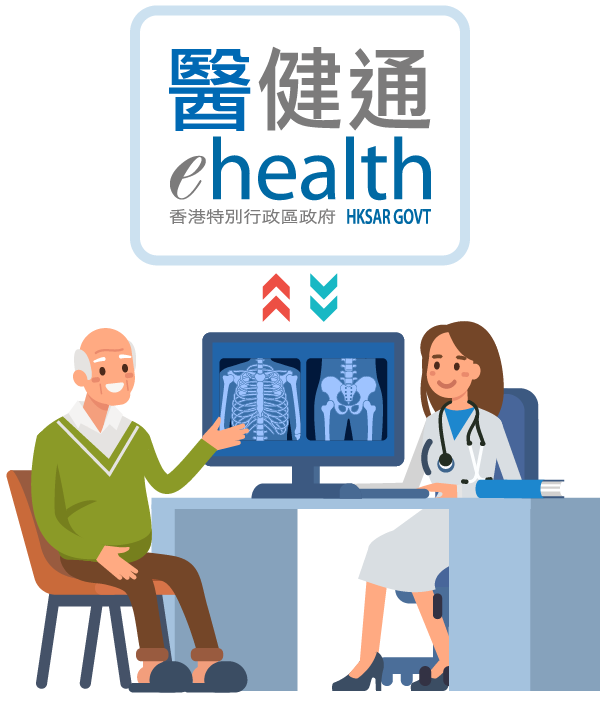
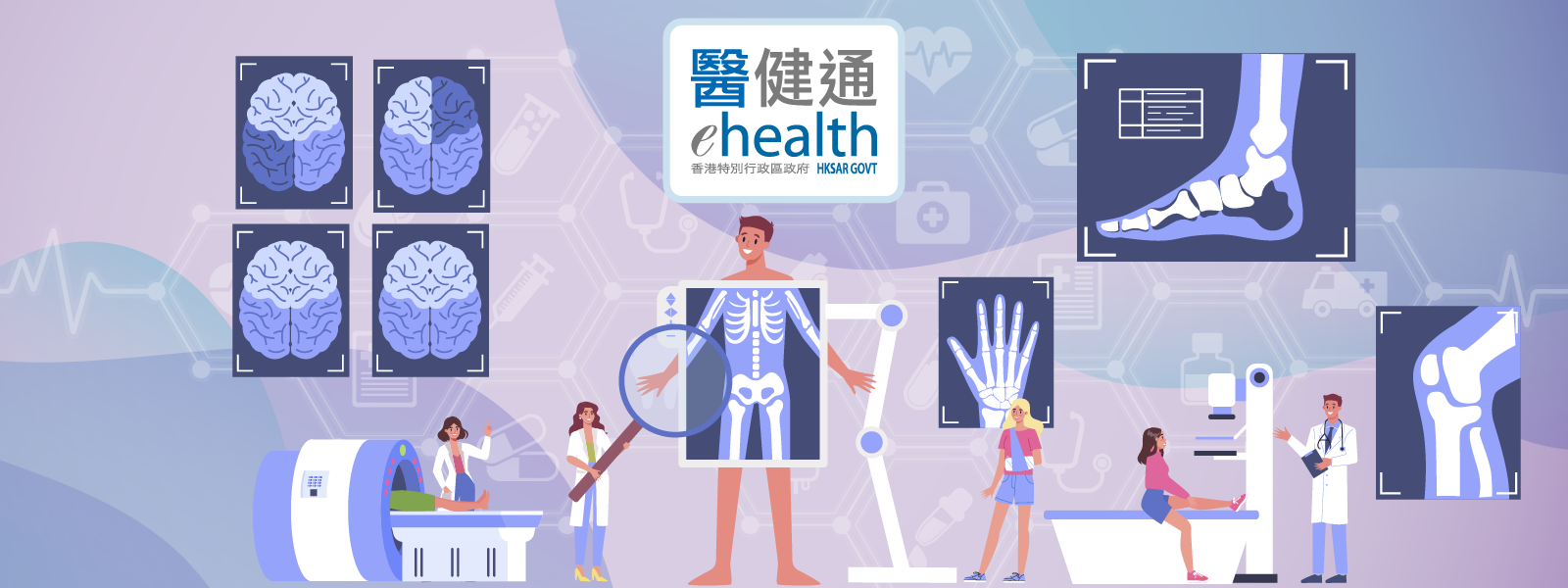




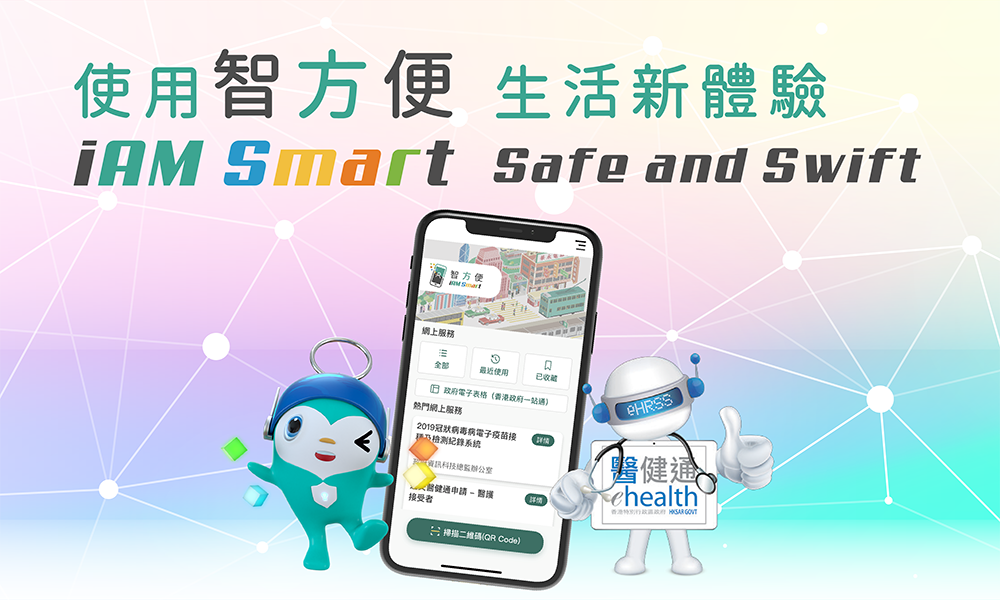
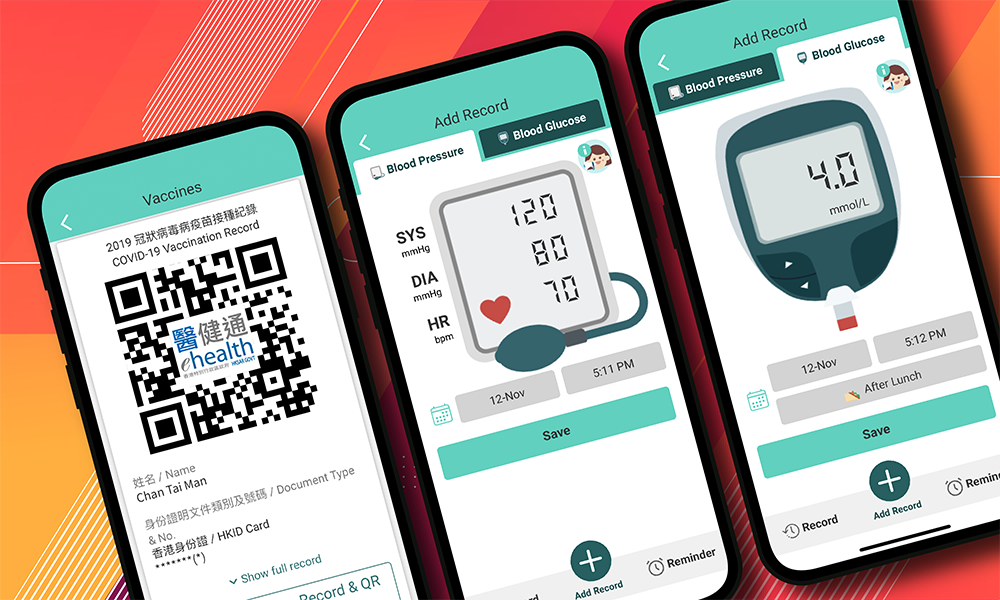
 Download PDF (Full Version)
Download PDF (Full Version)



